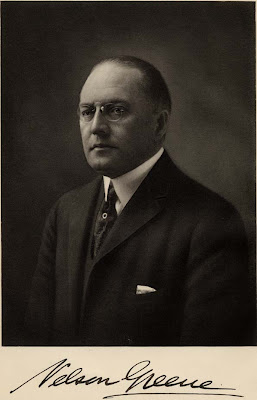 In 1960, New York State was home to 88,000 active farms- today that number has decreased to roughly 36,000 farms – a decline of nearly 60% in 40 years. In response, The Farmers’ Museum in historic Cooperstown, NY is assembling an exciting collection of original photography to chronicle and preserve the changes in agricultural practice, rural life, and farming families of New York State from the 19th century through the present.
In 1960, New York State was home to 88,000 active farms- today that number has decreased to roughly 36,000 farms – a decline of nearly 60% in 40 years. In response, The Farmers’ Museum in historic Cooperstown, NY is assembling an exciting collection of original photography to chronicle and preserve the changes in agricultural practice, rural life, and farming families of New York State from the 19th century through the present.
With the generous support of the Gipson Family, Plowline: Images of Rural New York is a resource not only for the scholarly community but also for the public to learn more about the rural heritage of New York State. Cooperstown photographer and museum visitor Andy Baugnet comments, “We cannot turn back the hands of time. However, the Plowline collection will allow us to view the past and experience how agriculture left its mark on New York State’s economic and cultural landscapes.”
Plowline presents beautiful black and white 1950s photographs of New York farm scenes such as harvesting the fall bounty, maple sugaring and horse-pulling. The collection also includes important aerial photographs of regional communities, including the construction of the New York State Thruway. Over 100 lantern slides from Cornell University’s Dairy Department, which instructed dairy farmers in the 1920s about how to operate an efficient farm, are featured in the collection. In addition, Plowline highlights snapshots chronicling an Orange County farm family’s life over a 30 year period. Finally, contemporary works by New York photographer Daniel Handel document the current farming revival in Upstate New York.
In 1942, The Farmers’ Museum’s founders set out to collect objects of American farm and rural communities and to display those in a method accessible to all interested. To enhance their accessibility, the photographs collected through Plowline will all be posted online. In addition, powered by Omeka, a free and open source platform developed by The Center for the Future of History Museums, the Plowline website has integrated Web 2.0 technology. “Thus,” says curator Erin Crissman Richardson, “the website encourages user participation and allows visitors to comment on records if they know something about the history of an object or what is happening in a particular photograph. Visitors can also share items with friends via Facebook, Twitter and other social media.”
Plowline, as a collecting initiative, will be continually adding photographs and will become a significant portion of the annual additions to The Farmers’ Museum collection. “We anticipate that Plowline will be the foremost resource of images of the 19th, 20th and 21st century rural imagery,” explains Vice President for Education Garet Livermore
 Beginning on September 11, 2001, Michael Ragsdale started collecting items focusing on the aftermath of 9/11, including materials relating to the security, recovery, war, health, peace, civil liberties, Iraq, war costs, war dead, remembrance, prisoner abuse and more. His project ended in September 2008, but this documentary paper history of what happened in New York City after the attacks of 9/11 now includes over 400 images.
Beginning on September 11, 2001, Michael Ragsdale started collecting items focusing on the aftermath of 9/11, including materials relating to the security, recovery, war, health, peace, civil liberties, Iraq, war costs, war dead, remembrance, prisoner abuse and more. His project ended in September 2008, but this documentary paper history of what happened in New York City after the attacks of 9/11 now includes over 400 images.







